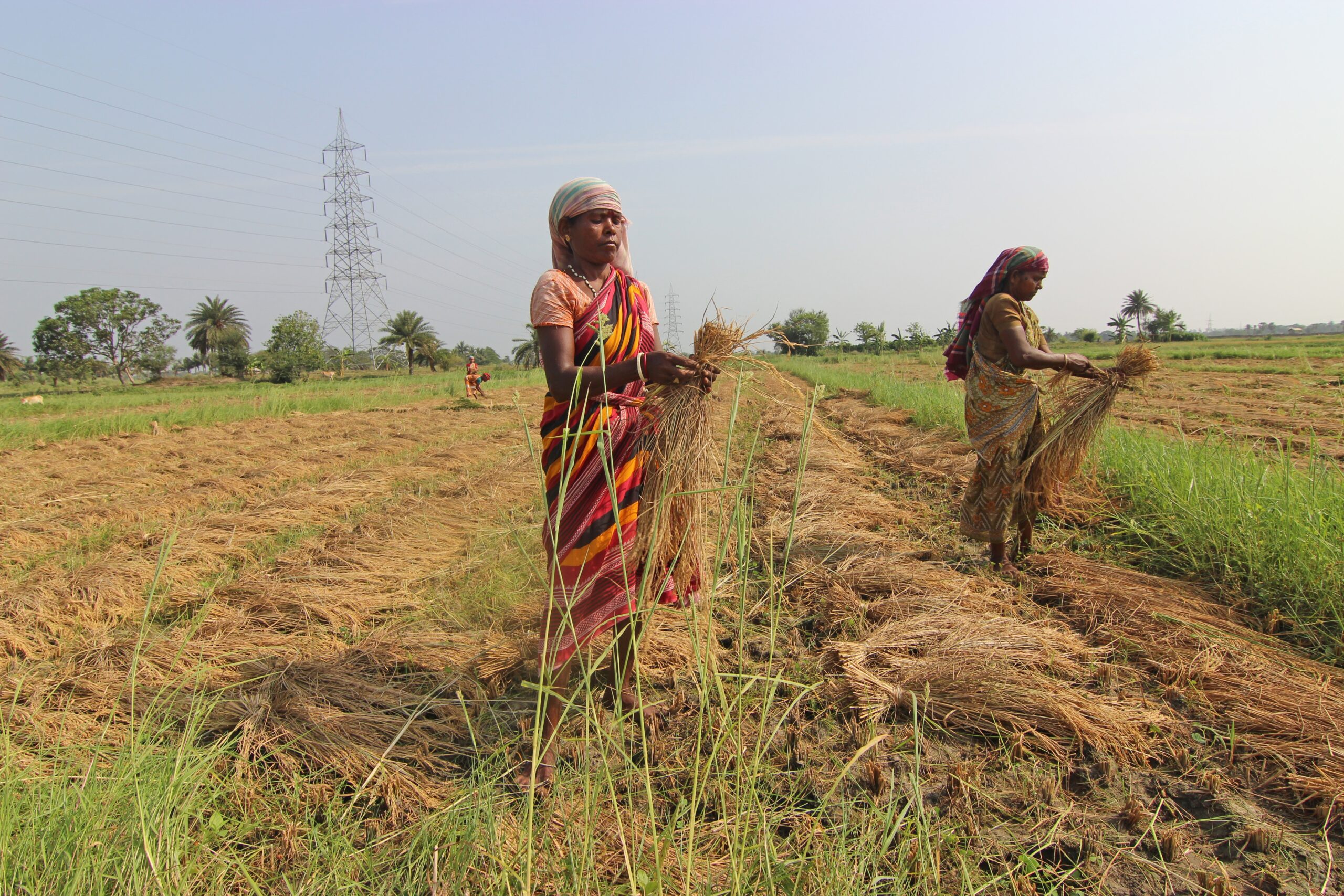Evaluating green industrial policies in India
Assessing the impact of environmental regulations on firm production and investment decisions

Environmental regulations, while intended to curb pollution and mitigate environmental damage, can also effect a change in economic choices of firms. This study seeks to understand the impact of environmental regulations concerning pollution on firms’ business decisions such as product mix and input sources. These insights shall allow policymakers to make informed policy design choices that balance the trade-off between economic growth and environmental protection.
SOUTHERN ASIA
India





